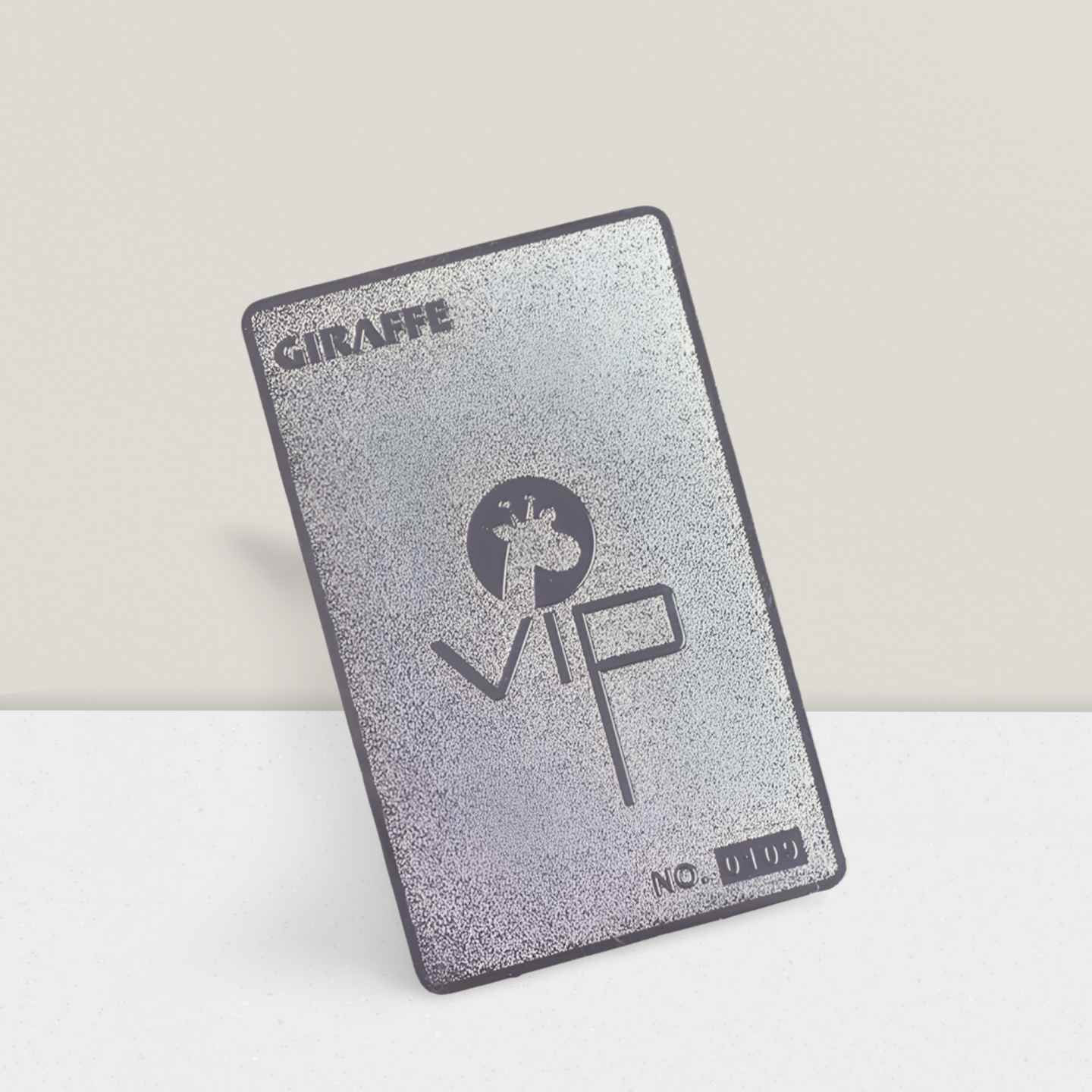Introduction:
In recent years, Radio Frequency Identification (RFID) technology has found widespread applications across various
sectors, ranging from logistics to healthcare and even library management. However, when implementing RFID technology, understanding the costs associated with different components becomes a crucial factor. This article delves into the costs of Passive
RFID readers, RFID software, RFID wristbands, UHF RFID systems, and RFID library systems, providing a comprehensive analysis of RFID technology's financial implications.
Cost of Passive RFID Readers: Passive RFID readers constitute a pivotal component of RFID systems. These readers
do not require an internal power source and operate based on the passive signals emitted by RFID tags. Costs can vary depending on the manufacturer, performance specifications, and operating frequency. Entry-level Passive RFID readers may range from 0 to 0, while more advanced models could surpass 00. With technological advancements, the market is witnessing the emergence of cost-effective solutions that strike a balance between performance and expenditure.
RFID Software Costs: RFID software plays a critical role in data management, analysis, and integration within the system. Costs are contingent on the complexity of the application and required functionalities. Basic RFID software might fall within the range of several hundred to a thousand dollars, whereas customized, feature-rich solutions could necessitate investments of several thousand dollars or more. It is imperative to align the chosen RFID software
with business requirements to avoid unnecessary expenses.
Cost of RFID Wristbands: RFID wristbands are widely employed in sectors like healthcare and event management. The cost of these wristbands is influenced by factors such as material, features, and additional attributes. Typically, standard RFID wristbands may range from a few dollars to a dozen dollars. However, wristbands with special features
such as waterproofing or durability, or those sporting customized designs, might command higher costs.
UHF RFID Costs: Ultra-High Frequency (UHF) RFID technology is becoming the preferred choice in many applications
due to its rapid reading capabilities and extended identification range. Costs of UHF RFID tags and readers vary according to application requirements. Tags can range from a few cents to several dollars, while UHF RFID readers can cost anywhere from a few hundred to several thousand dollars. Nonetheless, the efficiency of UHF technology often translates to significant long-term returns on investment.
Cost of RFID Library Systems: Library management stands out as a classic application of RFID technology. An RFID library system encompasses tags, readers, software, and other peripherals. Costs are determined by factors like library size and required functionalities. Small-scale library RFID systems might total a few thousand dollars, whereas
larger systems in extensive libraries could cost tens of thousands of dollars. The benefits of RFID systems, however, manifest in improved automation and efficiency, enhancing the overall user experience.
Conclusion: In summation, the cost implications of RFID technology differ across various sectors. When selecting and
implementing RFID solutions, understanding the costs of individual components is crucial. Familiarizing oneself with
the cost range of diverse components and aligning investments with actual requirements can help maximize the benefits of RFID technology. Whether it's an affordable Passive RFID reader or a sophisticated RFID library system, RFID technology offers intelligent and efficient solutions across industries.
255.jpg)
DO RFID tag manufacturer produce various NFC tags. The ntag215 NFC tags are small, inexpensive and portable, it with a tiny ntag215 chip and antenna operate at 13.56 MHz.
More >>
Best Metal business card with qr code can be used in various industries and applications. For instance, hotels can add QR codes on their keycards that direct guests to a website where they can make changes to their reservation.
More >>